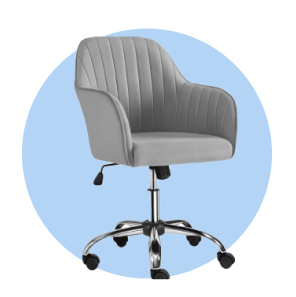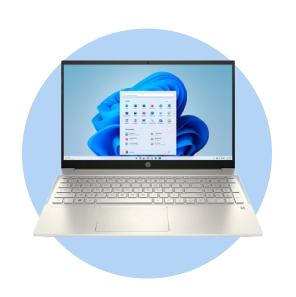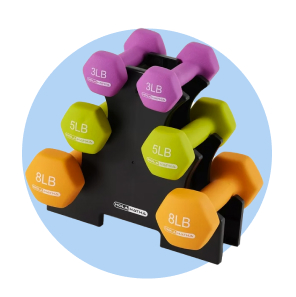
The Ultimate School Supplies Lists for Educators
Stock up for science, math, art & music
Classrooms don’t stock themselves, so we’ve crafted subject-specific lists of supplies for seasoned purchasing managers, brand-new teachers and everyone in-between. This post will outline how to outfit science, math, art and music classrooms with gear for elementary, middle and high school pupils. When you have the right tools for the job, you can engage, challenge and delight your students all throughout the school year.

Experiment with science equipment
In terms of classroom essentials for new teachers, it’s important to fit the equipment to the student and the lesson plans. Older students might need to test the pH levels of various chemicals, while younger ones may be discovering how seeds sprout. However, here are five things that can benefit just about any science class:
- Stimulating activities: Science is all about experimentation, so give your students something hands-on to do. Young explorers may appreciate vinegar-and-baking soda volcanoes. Older students can learn to use microscopes and molecular models.
- Protective gear: Middle school and high school scientists often work with caustic chemicals and open flames. To stay safe, they need safety goggles, gloves and similar equipment.
- Organizational aids: Keep track of both papers and physical accessories with a portable file organizer can help with the former, while stackable storage bins are good for the latter.
- Imaginative decor: A scientific mindset requires curiosity. Teachers can inspire their students with classroom posters, anatomical models and bookshelves full of works by great scientists.
- Handy tools: Since experiments often require some assembly, keeping a toolkit close at hand is a good idea. Screwdrivers and pliers are helpful for minor repairs and adjustments, while a tape measure will tell you exactly how much space you can spare on any given lab surface.
To help students explore the natural world, check out The Science Teacher’s Toolkit: Top 5 Science Teacher Supplies.

Engage young students with math manipulatives
If you need to shop for an elementary school classroom, math manipulatives should be on your school supplies list. These hands-on learning tools can help students learn about basic mathematical operations, fractions, geometry and a variety of other topics. With colorful designs and intriguing shapes, manipulatives make math fun and approachable. Start with the following:
- Abaci: While a colorful abacus may look like a toy, it’s actually a sophisticated mathematical tool that people have used for thousands of years. Abaci can help students visualize addition, subtraction and multiplication.
- Cuisenaire rods: Cuisenaire rods are rectangular blocks that represent the numbers one through 10. This helps students see how different numbers compare to one another, which can make it easier to add, subtract, multiply and divide.
- Fraction strips: Some construction paper and a pair of scissors are all you need to make your own fraction strips. Start with a whole piece of paper, then have students cut it into halves, thirds or quarters. This makes it easy to observe how fractions relate to whole numbers.
- Base ten blocks: Base ten blocks, or Dienes blocks, teach students how to count by tens—or hundreds. Each small cube represents the number one, while longer rectangles represent 10 and large squares represent 100. Students can stack and count the blocks to aid with both addition and subtraction.
- Tangrams: Tangrams are a colorful way to learn geometry. They come in sets of seven shapes: five triangles, a square and a parallelogram. While students can simply experiment and learn how the shapes relate to each other, you can also challenge them to solve puzzles or create specific designs.
Read 5 Engaging Math Manipulatives for Student Success to see how hands-on learning can be a part of your classroom.

Get creative with art supplies
No matter what grade level you’re shopping for, art equipment should have a spot on your school supplies checklist. You can teach drawing, painting and sculpting at a variety of skill levels, using either analog or digital means. Whether you’re teaching kindergarteners to color or high schoolers to render 3D models, here are some tools to consider:
- Markers: Markers come in two common varieties: water- and alcohol-based. The former are good for younger students, as they’re inexpensive and tend to bleed through paper less. The latter are better for older students, as they allow for finer control over color and texture.
- Colored pencils: “Artist-grade” colored pencils are oil-based, while “student-grade” colored pencils are made of wax. Neither one is strictly better, but student-grade pencils tend to be better for younger artists, as they’re a bit more durable.
- Paints: Tempera and watercolor paints are ideal for younger students, as they are inexpensive and dry quickly. Acrylic and watercolor paints may be better for older students, as they allow for more precise blending but take longer to dry.
- Block printing supplies: Block printing essentially allows students to design their own rubber stamps. Foam printing is easy to facilitate with standard pens, pencils and scissors, but linocut printing requires special tools and safety gear.
- Clay: Earthenware and stoneware clay tend to be durable with a high level of plasticity. This makes them good fits for young sculptors. Older pupils may prefer ball or porcelain clay. These are more difficult to work with but offer finer levels of detail.
- Tablet & stylus: A tablet and stylus can split the difference between traditional drawing and computer graphics. Look for full high definition (HD) displays, specialized digital art apps and pressure-sensitive styli.
- Design computers: Computers equipped with graphic design and digital art software can be powerful tools for middle and high school students. These machines need to be powerful, though. Look for models with at least 16 gigabytes (GB) of random access memory (RAM) and 1 terabyte (TB) of solid state drive (SSD) storage.
For more artistic ideas, learn how to Encourage Creativity with These 7 Classroom Art Supplies.
Make music with instruments & audio gear
Whether your students sing, play instruments or learn theory, music is one of the most beneficial things they can study. The essential classroom supplies for music range from standards you’d need for any lesson to specialized stages and soundproofing. To encourage the budding musicians in your school, you should invest in:
- Classroom essentials: Music rooms need pens, paper, notebooks and whiteboards, just like most other classes. They also need ergonomic chairs to promote good posture and music stands to hold their materials.
- Storage & organization: Storing instruments is not as simple as safely stowing books or writing implements. Look for specialized music storage gear, such as guitar racks or locking instrument cabinets.
- Acoustic support: Standard classroom walls can muffle, amplify or otherwise distort sound. To maintain audio fidelity and minimize distractions, install acoustic panels or an electronic sound system in your music room.
- Performance tools: If your school doesn’t have a dedicated performance space, you can buy choral risers, acoustic shells or even modular stages. These products help make any large location, such as a gymnasium, suitable for music.
- Instruments: Instruments are the backbone of many music classes, from simple drums and glockenspiels for younger students to full-featured keyboards and guitars for older ones. Traditional orchestral instruments, such as violins and clarinets, tend to be quite a bit more expensive.
Check out 5 Top Music Teacher Supplies to Upgrade Your Classroom to further enhance your school’s music room.
Stock up for the school year with Walmart Business
To find the products on your school supplies list for science, math, art, music and beyond, check out Walmart Business. When you sign up for a free Walmart Business account, you’ll have access to a wide variety of classroom supplies, many of which you can buy in bulk. Multiple users—school administrators and teachers, for example—can share an account and access a set of budget management tools.
If you already have an account, upgrade to a Walmart Business+ membership. With it, you’ll get free shipping from Business.Walmart.com with no minimum order1 and free delivery from nearby Walmart stores on orders of $35 or more.2 You’ll also earn 2% back in Walmart Business Rewards on orders of $250 or more.3 These benefits could save you and your school district more than $500 over the course of a year.4
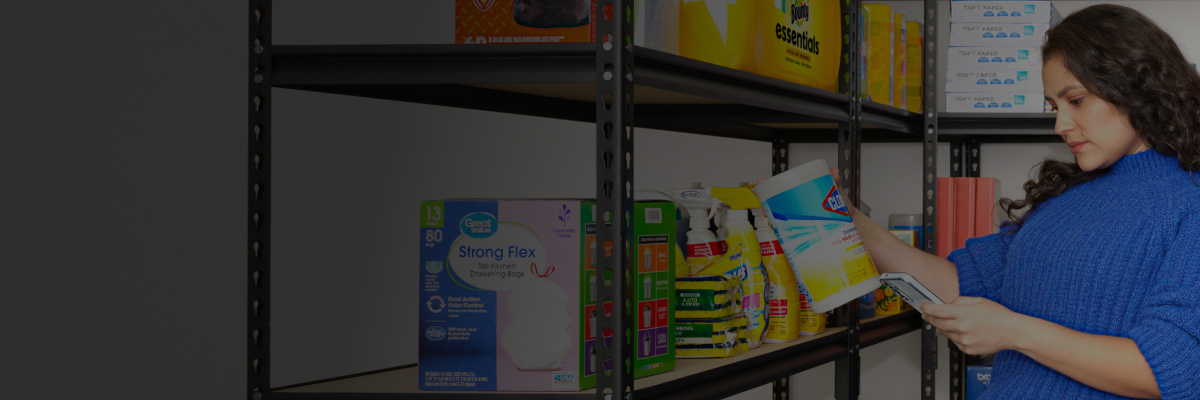
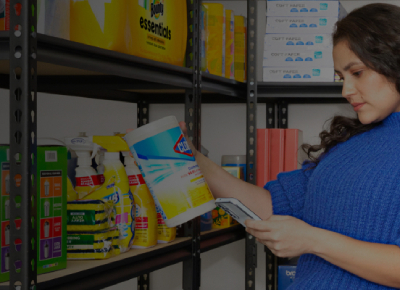
Limited-time offer
Unlock your special promo code
Stay informed on Walmart Business news & get $20 off a $100 purchase!1
1Minimum order of $100. Promo code can be used one time & may not be combined with other offers. Offer not transferable & void where prohibited by law. Customer responsible for all applicable taxes. Offer expires 12/31/2025 at 11:59pm PT. Further restrictions apply. See terms at checkout for details. Promo code offers available in limited quantities. While supplies last.
1 Excludes most Marketplace items, freight and certain location surcharges.
2 Restrictions apply.
3 Rewards can only be used toward future purchases on Walmart Business. Additional terms apply.
4 Savings based on 1 free $35+ delivery order vs. $9.95 fee and 1 free shipping order under $35 vs. $6.99 fee biweekly, plus 2% Walmart Business Rewards on monthly order >$250 (average value of $400).
Exciting news awaits
Hear firsthand about new products, features & promotions.
By clicking submit, you agree to receive emails about Walmart Business and acknowledge you have read and agreed to our Terms of use and Privacy Policy.



